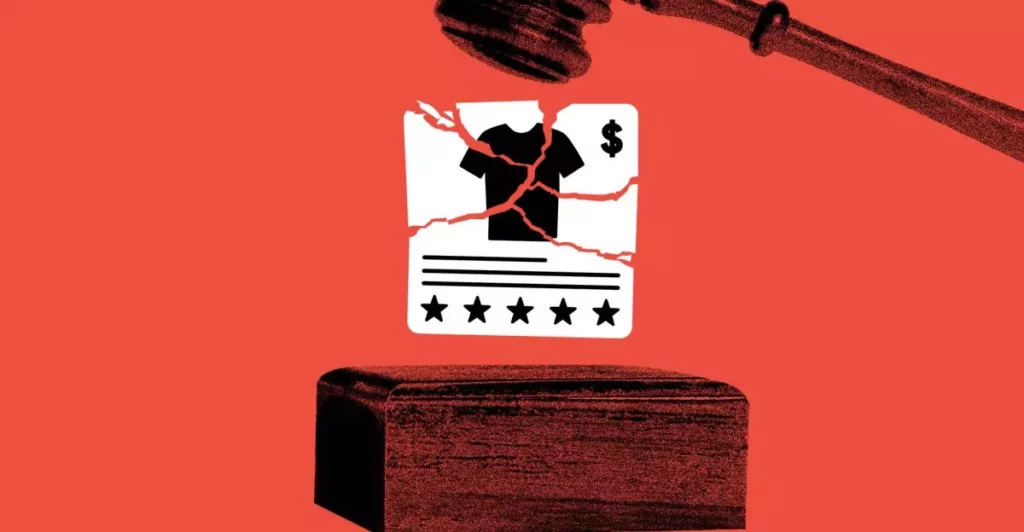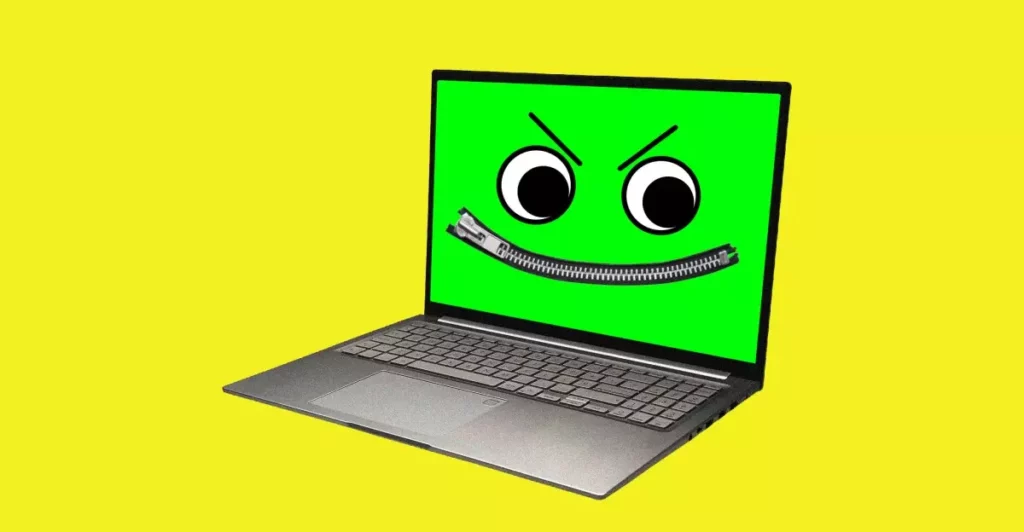In a groundbreaking legal confrontation, New Jersey’s Attorney General, Matthew Platkin, has filed a lawsuit against Discord, the popular communication platform favored primarily by gamers. This lawsuit shines a glaring light on a pivotal issue that many parents and guardians overlook: the inadequacy of safety measures in open digital platforms that cater to children. As the digital world further entangles itself in the lives of the young, the urgent need for robust safety protocols should leave all stakeholders, including tech companies, parents, and lawmakers, uneasy.
The Attorney General’s suit accuses Discord of gross misrepresentation concerning its safety policies and features designed to protect children. Such severe allegations about consumer fraud are not only alarming but also raise critical questions about the standards to which tech companies should be held. How can families trust that their children are safe while using a platform where the rules are both ambiguous and poorly communicated? If we place our trust in these companies while they deploy a facade of security—one that can easily crumble—our collective responsibility to protect minors online becomes futile.
Child Safety: A Foreboding “Safety First” Myth
Central to the lawsuit is the assertion that Discord’s safety features have been misrepresented to both parents and children alike. Parents often juggle busy lives, and in such a context, believing that platforms like Discord are diligently looking after their children’s welfare creates a false sense of security. The suit contends that Discord’s privacy settings are not only convoluted but also potentially deceptive. It is deeply concerning that basic safety considerations can be presented in such a way that they mislead families. Any platform that claims to prioritize child safety should be transparent, credible, and above all, easily navigable for both users and concerned guardians.
One glaring issue raised in the lawsuit is Discord’s inability to enforce its minimum age requirements effectively. The platform’s age verification measures apparently offer little more than empty promises, allowing kids under thirteen to easily manipulate these safeguards and gain access to an unregulated digital space. Is this merely a technical oversight, or does it reflect a deeper negligence regarding the protection of our youth? If children can readily bypass such age restrictions, it highlights a fundamental failure within the digital infrastructure—an infrastructure that should act as a shield against exploitation.
The Facade of “Safe Direct Messaging”
The lawsuit also elaborates on Discord’s “Safe Direct Messaging” feature, a function that purportedly allows for the filtration of harmful content. However, contrary to its marketing, the suit claims that this feature does not scan direct messages between users at all. This disillusioning revelation casts serious doubt on the integrity of a platform that many parents assume has safeguards against inappropriate content. When a company chooses to overstate the effectiveness of its safety features, it not only risks the trust of its users but also invites scrutiny that could result in severe legal repercussions.
This situation indicates a broader pattern observed among tech companies, where user engagement is often prioritized over actual safety measures. If a business is willing to risk the well-being of its users for mere profits, it cannot expect to sidestep accountability. As concerned citizens, we need to reinforce the notion that ethical business practices cannot remain secondary in a landscape where the safety of children is routinely compromised.
The Legislative Landscape and Its Implications
The lawsuit against Discord marks an important moment within a sweeping wave of legal actions targeting tech giants over their protective measures for young users. Other prominent platforms, like Meta, Snapchat, and TikTok, have also drawn scrutiny from lawmakers who are increasingly vocal about the need for tech regulations. As these platforms flourish, the concerns connected to user safety, mental health, and addictive behaviors are becoming ever more pronounced in public discourse.
What stands out in this legal battle is that it could set a precedent for how future cases are interpreted. Regulatory response to this suit may likely paint a larger picture regarding the responsibilities tech companies hold toward their youngest users. If legislators loose the reins on platforms that benefit from children’s engagement, the question becomes: what are the long-term consequences for society?
In an era where digital interactions have become second nature, the sensitive balance between fostering creativity and securing safety requires constant vigilance. As Discord’s legal proceedings unfold, the ramifications could ripple through the tech world. Corporations must begin to recognize that their promotional slogans and user-friendly designs come with significant responsibilities that must not be overlooked. The outcome of this lawsuit will likely shape future policies impacting not just Discord but the entire landscape of social media. As citizens, let us advocate for increased accountability and robust safety measures that genuinely protect our youth in this ever-evolving digital playground.









Leave a Reply